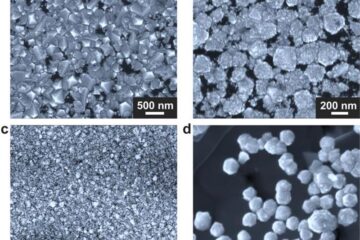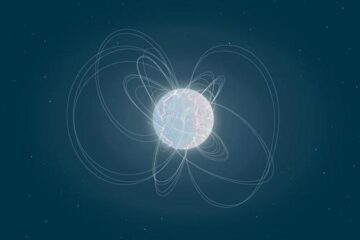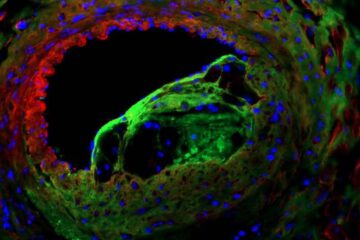Developing tools for reliable ’gene chip’ measurements

Microarrays, sometimes called “gene chip” devices, enable researchers to monitor the activities of thousands of genes from a single tissue sample simultaneously, identifying patterns that may be novel indicators of disease status. But generating consistent, verifiable results is difficult because of a lack of standards to validate these analyses, scientists from the National Institute of Standards and Technology (NIST) and collaborators warn in the May 20 online issue of Clinical Chemistry.
Microarrays are keychain-sized devices with as many as several million tiny spots, each of which examines genes of interest simultaneously using minute sample volumes. This highly sensitive technology is relatively new, and standard procedures to ensure the reliability and comparability of results are only beginning to emerge. For instance, results can change as a result of differences in how tissues are collected and processed; variations in how the molecules are counted, attached to substrates and labeled for detection; deviations from recommended protocols by lab personnel; and malfunctioning or miscalibrated equipment. Such variations need to be controlled before this technology can be used reliably in clinical settings and in devices requiring regulatory approval, according to the paper.
As a first step toward addressing reliability issues, a consortium co-led by NIST and industry is developing standards that will satisfy needs identified at a 2003 workshop. At the workshop, organized and hosted by NIST, leaders in the microarray field from industry, government and universities recommended the development of a well-characterized set of ribonucleic acid (RNA) molecules whose identity and concentration are known. RNA is an important product of gene activity. Users will be able to validate the results of gene chip analyses by adding such a reference material to their samples and comparing the measured values to what would be expected for them. Such a reference material also will enable technology developers and researchers to assess the performance of their assays.
The paper was co-authored by scientists from Genomic Health, Inc., Agilent Technologies, the U.S. Food and Drug Administration, and The Institute for Genome Research.
Media Contact
More Information:
http://www.nist.gov/All latest news from the category: Process Engineering
This special field revolves around processes for modifying material properties (milling, cooling), composition (filtration, distillation) and type (oxidation, hydration).
Valuable information is available on a broad range of technologies including material separation, laser processes, measuring techniques and robot engineering in addition to testing methods and coating and materials analysis processes.
Newest articles

Making diamonds at ambient pressure
Scientists develop novel liquid metal alloy system to synthesize diamond under moderate conditions. Did you know that 99% of synthetic diamonds are currently produced using high-pressure and high-temperature (HPHT) methods?[2]…

Eruption of mega-magnetic star lights up nearby galaxy
Thanks to ESA satellites, an international team including UNIGE researchers has detected a giant eruption coming from a magnetar, an extremely magnetic neutron star. While ESA’s satellite INTEGRAL was observing…

Solving the riddle of the sphingolipids in coronary artery disease
Weill Cornell Medicine investigators have uncovered a way to unleash in blood vessels the protective effects of a type of fat-related molecule known as a sphingolipid, suggesting a promising new…





















